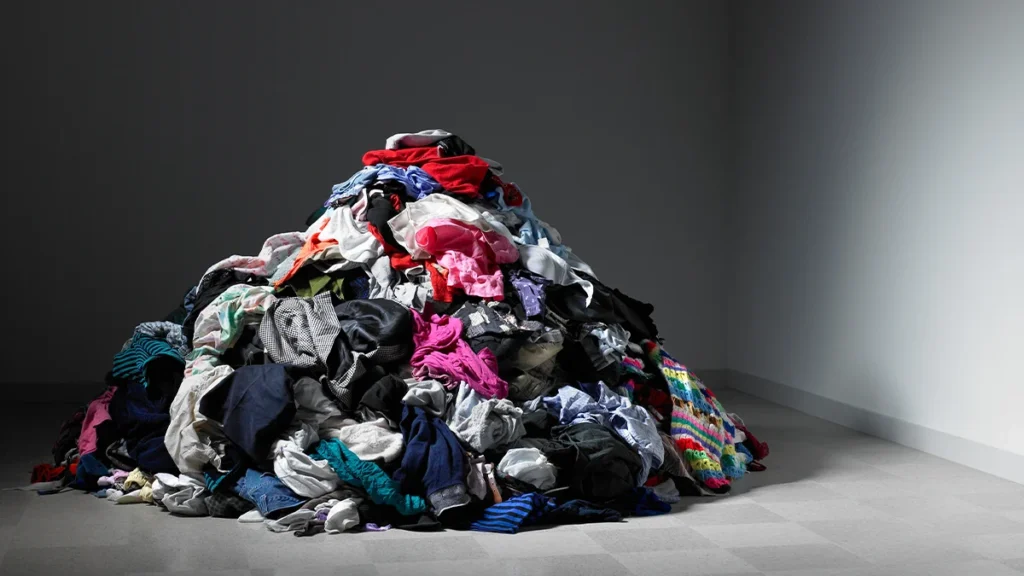Free shipping on all US orders
10% OF OUR PROFIT GOES TO KIDS’N’CULTURE NON-PROFIT ORGANIZATION


And luxury brands tend to have the money and even the global reach to become the industry leader in sustainable practices. These premium brands are proving through their partnerships with environmental charities, investments in sustainability sourcing and open-ness that sustainability and luxury are not mutually exclusive. The likes of Gucci, Prada and Stella McCartney, for instance, have all pledged publicly to reduce their carbon footprint, source materials ethically and ensure the highest ethical standards throughout their supply chains.
So do luxury fashion houses, experimenting with new materials and designing circular fashion models like clothes rental and resale services. Luxury Fashion is stepping in on ethical grounds in a sector that has made sustainability a competitive differentiation.
Consumers have an interest in sustainability of fashion, and it is on the rise. According to recent research, the amount of people who are putting sustainability at the centre of their purchase choices is growing. Millennials and Gen Z in particular are no strangers to placing a high value on the green and ethical values of the brands they patronize. According to McKinsey & Company’s research, more than 60 percent of consumers will pay more for sustainable goods and almost 70 percent of global consumers say sustainability is a key decision maker when choosing a brand.
But not just because of the price or product. As they get more aware of fast fashion’s ecological footprint and their ethical responsibilities in favouring companies with questionable working conditions. It’s a consumer revolution that makes brands need to make their businesses more transparent – many fashion brands now tell us where and how their clothes are produced.
Social media is a huge part of sustainable fashion’s demand as well. Influencers and activists are using platforms such as Instagram and TikTok to spread the message about sustainable fashion, ethical brands and sustainability. All of this consuming sustainability-based content is shaping what consumers expect and the products they purchase.
But there is no convergence between will and behaviour. Consumers talk about sustainability but then they don’t know how to act on it when it comes to buying something. Price, convenience and brand are still important determinants of behaviour, so sustainable choices can be discounted when they’re pricey. This is why brands must offer sustainable fashion more easily, cheaply, and omnipresent.
There is no denying that demand for sustainable clothing but the difficulty is to sell these products in price-friendly packages to the mainstream consumer. As sustainability moves into the fashion business’ heart, this won’t matter much any more.
There are no reviews yet. Be the first one to write one.
A whole world on the tip of a pencil. The story of an artist who proved that true art has no limits and that it is never too late to start all over again.
International fashion icon and symbol of Parisian style, Ines de la Fressange is one of the most famous women in France.
Anastasia Pilepchuk is a Berlin-based artist with Buryat roots. She creates masks and face jewellery inspired by the nature and the culture of her beautiful region.
A whole world on the tip of a pencil. The story of an artist who proved that true art has no limits and that it is never too late to start all over again.